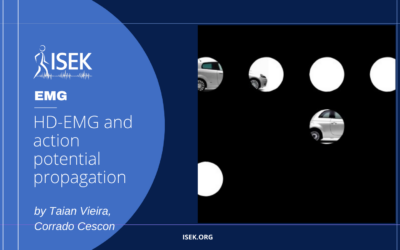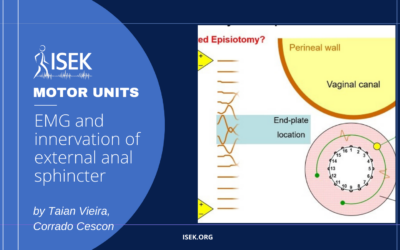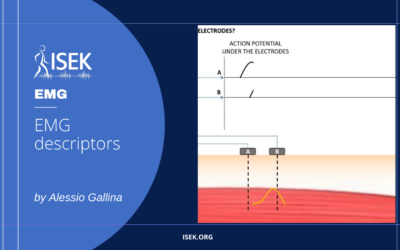Slide 1: single stimulus, leading to a single force twitch.
Slide 2: multiple, low-frequency stimuli, resulting in unfused tetanus
Slide 3: multiple, high-frequency stimuli, resulting in fused tetanus.
Slide 4 illustrates how recruitment of an additional motor unit, discharging at tetanic frequency, is expected to increase muscle force.
While both recruitment and discharge rate govern force production, different circumstances may impose different demands for force production. Slides 5 and 6 illustrate how two exercises are expected to shape the muscle force profile, based on different moments produced by external loads. Slides posit a coarse representation of actual changes in muscle force, with some assumptions indicated in the slides’ notes.
About the Author

Taian Vieira
Politecnico di Torino
Taian Vieira is with the Laboratory for Engineering of the Neuromuscular System (LISiN), Politecnico di Torino, Italy. His research activities focus on the extraction of information of valid, applied interest from surface electromyograms.




